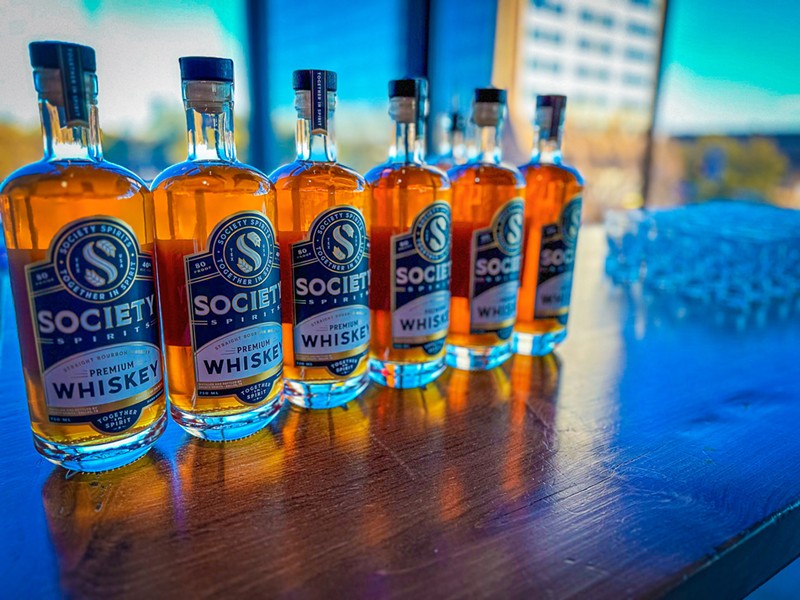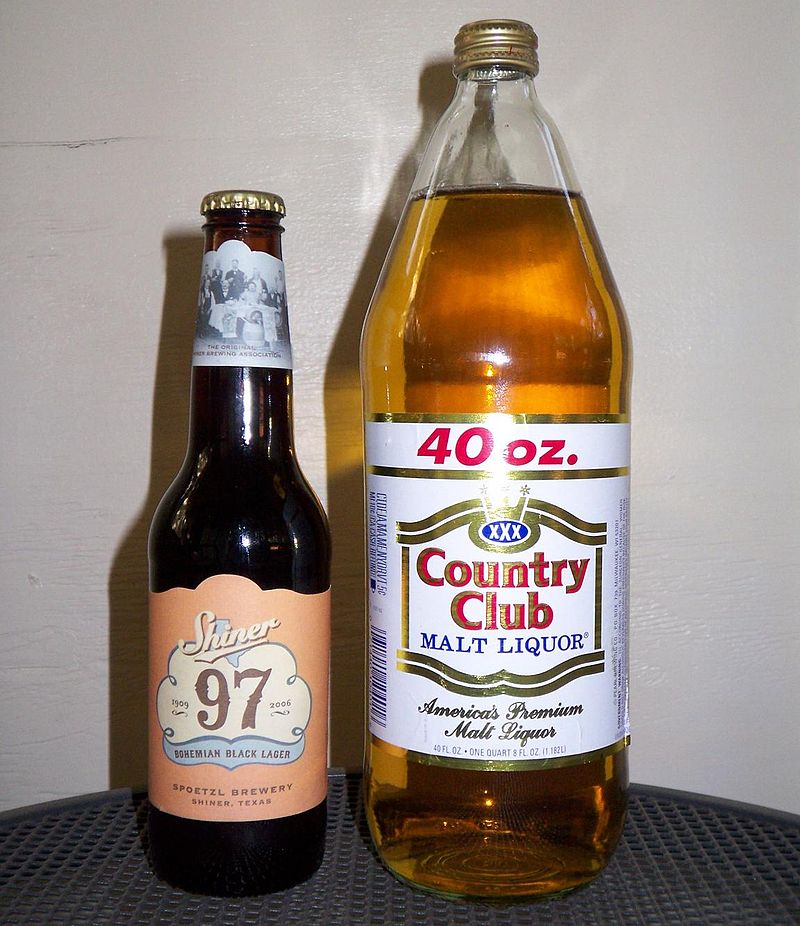Experience the Rich Flavor of Galveston Whiskey: Regional Specializeds
Experience the Rich Flavor of Galveston Whiskey: Regional Specializeds
Blog Article
Distillery Dynamics Introduced: a Journey With the Scientific Research and Art of Spirits Manufacturing
As the curtains are withdrawed on the complex world of distillery characteristics, a remarkable world arises where scientific research and art converge to produce the spirits we enjoy. Behind the closed doors of distilleries exist secrets waiting to be deciphered, from the careful chemistry of distillation to the fragile dance of yeast in fermentation. The marital relationship of custom and innovation in spirits production reveals a tapestry woven with strings of workmanship and technological advancements. Join us on a journey with the heart of distillation, where each decline of spirit informs a story of experience and enthusiasm, guaranteeing a deeper understanding of the alchemy that changes grains and fruits right into the fluid gold we raise in a salute.
The Chemistry of Purification
The chemistry of distillation, a fundamental procedure in the manufacturing of spirits, includes the separation of components based on their different boiling factors. This procedure depends on the principle that each part in a fluid mix has a distinct boiling factor, enabling their individual extraction. When warmth is applied to the blend, the part with the most affordable boiling factor will evaporate initially, increasing through the still and ultimately condensing back into liquid form. This distilled liquid, referred to as the "heart cut," contains the desired alcohol material and flavor compounds.
During distillation, 3 primary portions are obtained: the "heads," which have unpredictable substances and greater alcohols that can be hazardous if eaten in huge amounts; the "hearts," the prized portion with the preferred ethanol and taste profile; and the "tails," which include much heavier substances and fusel alcohols. Knowledgeable distillers have to carefully check the temperature and flow rates to divide these fractions efficiently, making certain a top notch end product. The chemistry of distillation is a fragile interplay of warmth, vaporization, and condensation that transforms a basic fluid mixture right into a complex and fine-tuned spirit.
Artisanal Craftsmanship in Spirits Making
Among the world of spirits production, artisanal craftsmanship plays an essential role in elevating the quality and character of distilled drinks (Galveston Liquor). Artisanal craft distillers concentrate on small, hands-on production approaches, frequently using standard techniques that have been passed down through generations. These dedicated artisans and females prioritize top quality over amount, paying thorough focus to every action of the distillation procedure
Artisanal workmanship in spirits making includes a deep understanding of the raw products utilized, such as grains, botanicals, or fruits, and how their qualities influence the last item. From choosing the finest components to carefully keeping track of aging, purification, and fermentation, craftsmens instill their spirits with interest and knowledge.
Additionally, artisanal craft distillers often welcome trial and error and innovation, pushing the boundaries of traditional spirits manufacturing. They might introduce distinct taste accounts by incorporating locally sourced components or using innovative aging techniques. This dedication to creative thinking and excellence results in spirits that are not just of remarkable high quality however additionally display the creativity and uniqueness of the distiller.
Advancements in Aging Techniques

One prominent innovation gaining grip is the use of smaller sized barrels for maturing spirits. By raising the surface area area-to-volume ratio, smaller barrels present tastes much more rapidly, resulting in a much more intense maturation process. This technique is especially preferred among craft distillers seeking to generate premium spirits in a shorter timeframe.
Moreover, distillers are increasingly transforming to alternative timber types, such as cherry or acacia, to give distinctive tastes to their aged spirits. These unusual timbers provide an one-of-a-kind flavor profile, establishing their products apart in an affordable market.
Additionally, improvements in innovation have actually allowed distillers to explore sped up maturing techniques, such as ultrasound or temperature and pressure variants. These strategies permit for specific control over the aging procedure, leading to ingenious flavor profiles that push the borders of conventional spirits production.

The Role of Yeast in Fermentation
A crucial component of the fermentation procedure in distilling is the role played by yeast. Yeast, a single-celled microorganism, is critical in transforming sugars into alcohol and carbon dioxide during fermentation. In the context of distilling spirits, yeast plays a pivotal function in the production of ethanol, which is the key alcohol in a lot of alcoholic beverages.
Yeast achieves this via the process of anaerobic respiration, where it metabolizes sugars such as sugar and fructose right into ethanol and carbon dioxide. Various pressures of yeast can give unique tastes and aromas to the final spirit, adding to the intricacy and character of the distilled item. Distillers carefully choose yeast stress based upon their desired taste profile and fermentation characteristics.
The fermentation procedure can last anywhere from a couple of days to a couple of weeks, relying on aspects such as yeast sugar, stress, and temperature level material. Monitoring and controlling the fermentation procedure are essential to make sure ideal yeast activity and alcohol production. Overall, yeast is an essential gamer in the alchemical change of raw active ingredients right into the spirited elixirs delighted in by consumers worldwide.
Sustainable Practices in Distilleries
In the modern distilling market, carrying out lasting techniques has come to be a pushing priority for distilleries seeking to lower their environmental impact and guarantee long-lasting feasibility. Distilleries are progressively identifying the importance of taking on eco-friendly procedures throughout the production process. One vital facet of sustainability in distilleries is water conservation. Distilleries need considerable amounts of water for numerous phases of production, and implementing water This Site recycling systems or utilizing rainwater harvesting techniques can dramatically lower water use and lessen the distillery's overall environmental impact.
Furthermore, sustainable power resources are obtaining grip in the distilling world. Several distilleries are purchasing sustainable energy innovations such as photovoltaic panels or biomass central heating boilers to minimize reliance on non-renewable power resources and lower greenhouse gas discharges. Furthermore, waste monitoring methods check my blog play an important duty in sustainable distillery operations. Distilleries are discovering innovative ways to repurpose spin-offs such as invested grains or distillation deposits, transforming waste into sources through techniques like animal feed production or composting. By welcoming lasting practices, distilleries can not just lessen their environmental influence yet also interest ecologically mindful consumers and add to a much more lasting future for the industry.
Verdict
From the chemistry of purification to the role of yeast in fermentation, distilleries are continuously innovating and experimenting to produce top notch spirits. The blend of custom and development in spirits production highlights the intricacy and imagination entailed in this ancient craft.
As the drapes are drawn back on the elaborate globe of distillery dynamics, a fascinating world emerges where scientific research and art assemble to develop the spirits we enjoy.The chemistry of distillation, a basic process in the production of spirits, entails the separation of parts based on their different boiling points.Moreover, artisanal craft distillers commonly embrace testing and official website technology, pressing the borders of standard spirits production. In the context of distilling spirits, yeast plays a critical function in the production of ethanol, which is the main alcohol in many alcoholic beverages.
From the chemistry of purification to the function of yeast in fermentation, distilleries are continuously introducing and trying out to develop top quality spirits.
Report this page